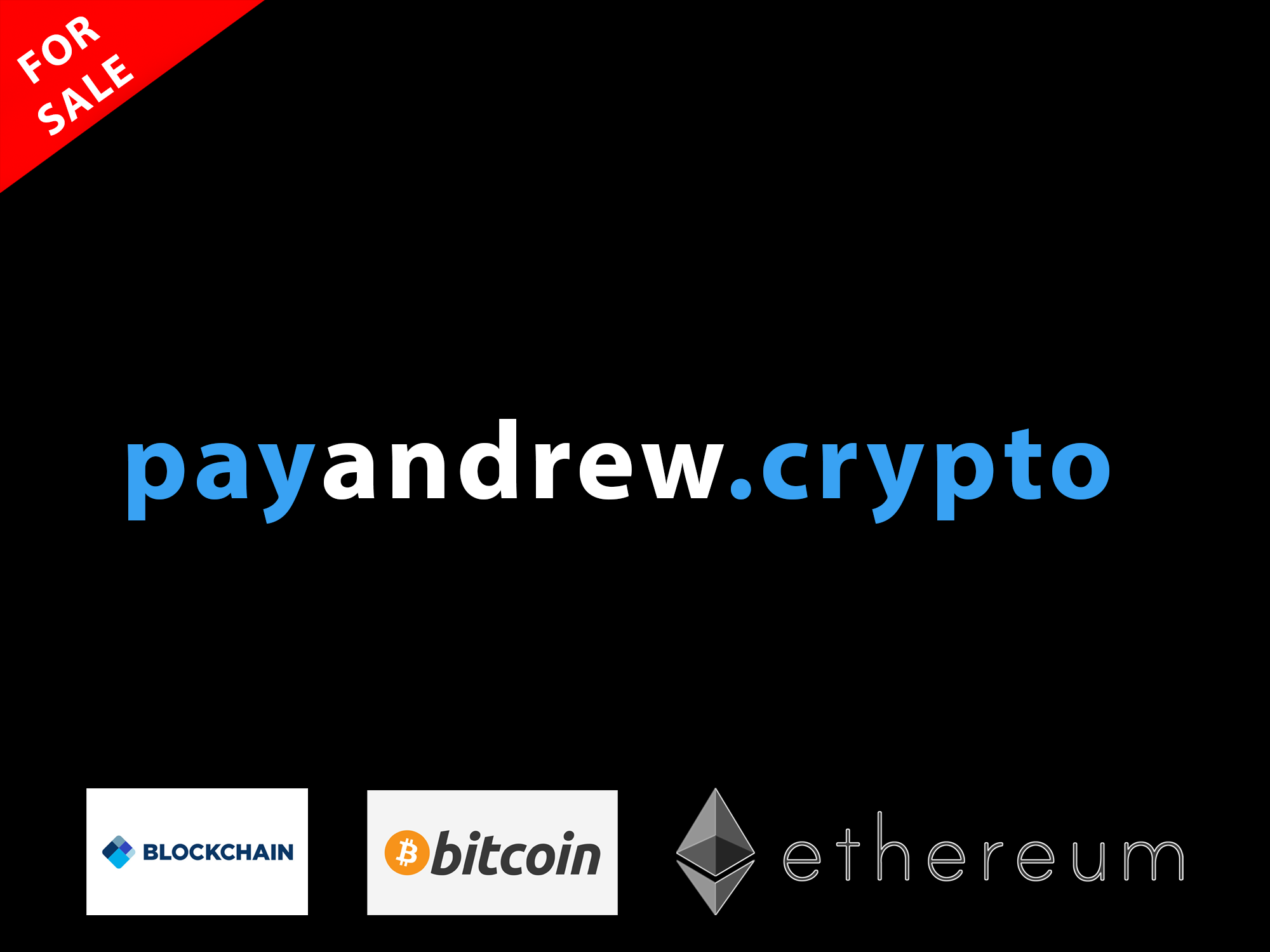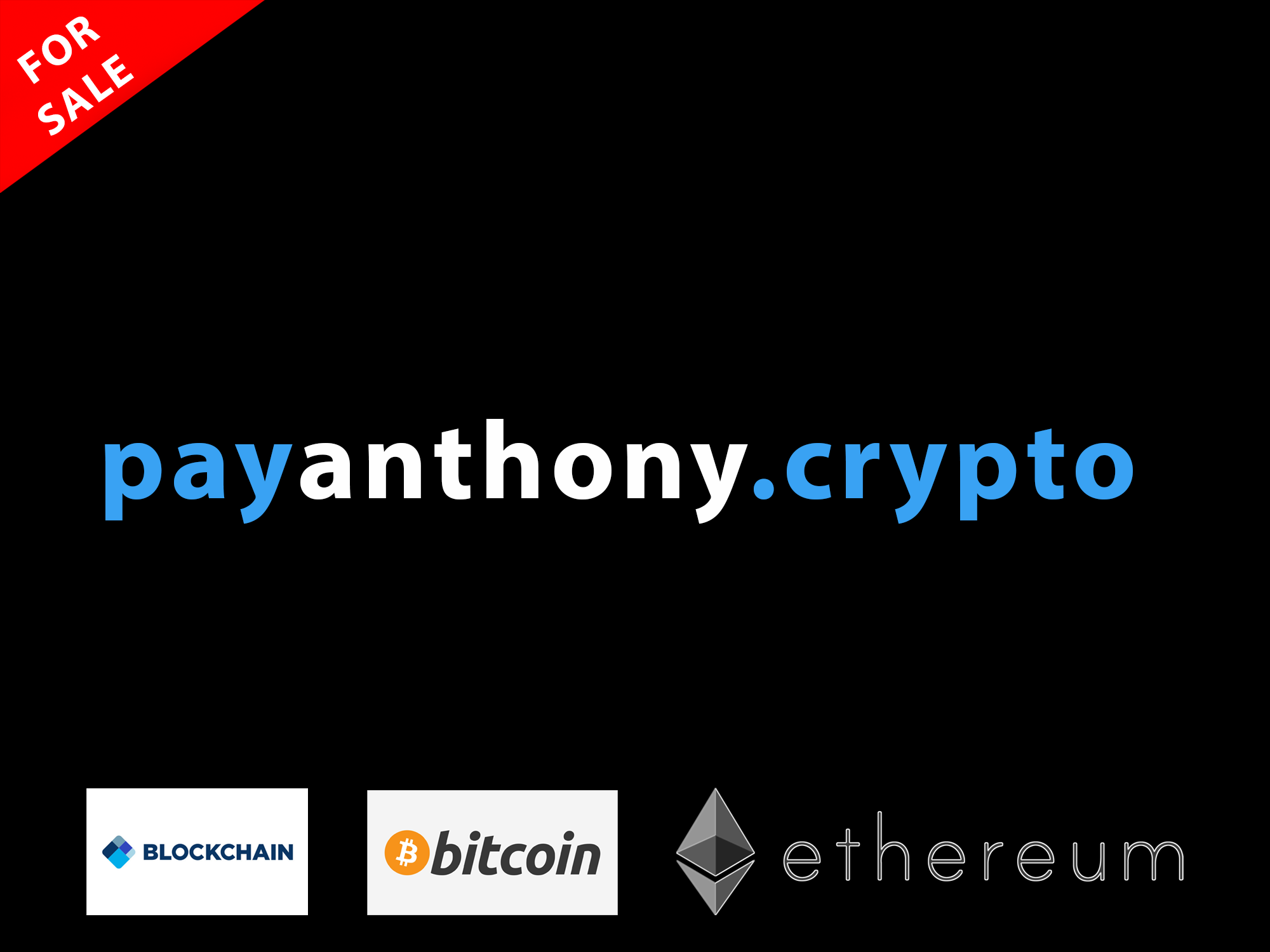WEB 3 & BLOCKCHAIN SERVICES
Web 3.0 is a possible future version of the internet based on public blockchains, a record-keeping system best known for facilitating cryptocurrency transactions. The attractiveness of Web 3.0 is that it is decentralised, meaning that rather than consumers accessing the internet through services mediated by companies like Google, Apple or Facebook, individuals, themselves, own and govern sections of the internet.
Web 3.0 doesn't require "permission," which means that central authorities don't get to decide who gets to access what services, nor does it require "trust," meaning that an intermediary isn't necessary for virtual transactions to occur between two or more parties. Because these agencies and intermediaries are doing most of the data collection, Web 3.0 technically protects user privacy better.
The evolution of the web
The World Wide Web is the major tool used by billions of people to exchange, read and write information and communicate with others over the internet. The web has changed dramatically over the years, and its current applications are nearly unrecognizable from its early days. The web's evolution is frequently divided into three stages: Web 1.0, Web 2.0 and Web 3.0.
Web 1.0
The earliest version of the internet was known as Web 1.0. Consider Web 1.0 to be the read-only or Syntactic web. Most of the participants were content consumers, while the makers were largely web developers who built websites with material delivered primarily in text or graphic format. Web 1.0 existed roughly from 1991 to 2004.
Sites delivered static material rather than dynamic, hypertext mark-up language (HTML) in Web 1.0. Data and content were supplied from a static file system rather than a database, and there was little interaction on the web pages.
Web 2.0
Most of us have only seen the web in its current version, often known as Web 2.0, which is also known as the interactive read-write and social web. You don't have to be a developer to participate in the creation process in the Web 2.0 universe. Many apps are designed in such a way that anyone may become a creator.
You can create thought and share it with the rest of the world. You can also post a video and make it available to millions of others to watch, interact with and comment on in Web 2.0. Youtube, Facebook, Flickr, Instagram, Twitter and other social media are only a few examples of Web 2.0 applications.
Web technologies, such as HTML5, CSS3, and Javascript frameworks, such as ReactJs, AngularJs, VueJs, and others, enable companies to develop new ideas that allow users to contribute more to the Social Web. As a result, developers only need to design a mechanism to enable and engage users because Web 2.0 is built around them.
More data means more targeted ads for numerous Web 2.0 companies like Google, Facebook, Twitter and others. This results in more clicks and, as a result, more ad money. The exploitation and centralisation of user data are fundamental to the functioning of the web as we know and use it now. As a result, data breaches are a common occurrence in Web 2.0 applications. There are even websites dedicated to keeping track of data breaches and informing you when your personal information has been hacked.
You have no control over your data or how it is stored in Web 2.0. In truth, businesses frequently track and save user data without their permission. The firms in charge of these platforms then own and manage all of this data. Furthermore, when governments believe someone is expressing an opinion that contradicts their propaganda, they frequently shut down servers or seize bank accounts. Governments can easily interfere, control or shut down applications using centralized servers.
Governments frequently intervene in banks since they are likewise digital and under centralized control. However, during periods of high volatility, excessive inflation or other political instability, they can close bank accounts or restrict access to funds. Many of these flaws will be addressed by Web 3.0, which attempts to radically rethink how we construct and interact with applications from the ground up.
Web 3.0
Web 3.0, also known as Semantic Web or read-write-execute, is the era (from 2010 onwards) that alludes to the web's future. Artificial Intelligence (AI) and Machine Learning (ML) enable computers to analyze data in the same way that humans do, which aids in the intelligent generation and distribution of valuable content according to a user's specific needs.
There are a few key distinctions between Web 2.0 and Web 3.0, but decentralization is at the heart of both. Web 3.0 developers rarely create and deploy apps that run on a single server or store data in a single database (usually hosted on and managed by a single cloud provider).
Instead, Web 3.0 apps are built on blockchains, decentralized networks of numerous peer-to-peer nodes (servers), or a hybrid of the two. These programs are known as decentralized apps (DApps), and you'll hear that term a lot in the Web 3.0 community. Network participants (developers) are rewarded for delivering the highest quality services to establish a stable and secure decentralized network.
A gTLD is a “generic top-level domain” and refers to the extension at the ending of a website address, like .com, .org or .net.
DOMAINS FOR SALE
Make it stand out
Whatever it is, the way you tell your story online can make all the difference.
Make it stand out
Whatever it is, the way you tell your story online can make all the difference.
Make it stand out
Whatever it is, the way you tell your story online can make all the difference.
TOP RANKED CHINESE NAME .888 DOMAIN FOR SALE
Make it stand out
Whatever it is, the way you tell your story online can make all the difference.
Make it stand out
Whatever it is, the way you tell your story online can make all the difference.
Make it stand out
Whatever it is, the way you tell your story online can make all the difference.
Make it stand out
Whatever it is, the way you tell your story online can make all the difference.
Make it stand out
Whatever it is, the way you tell your story online can make all the difference.
Make it stand out
Whatever it is, the way you tell your story online can make all the difference.
.CRYPTO PAYMENT DOMAINS
Make sending and receiving crypto simple. Replace long, complicated wallet addresses with a single easy-to-read name.
Make it stand out
Whatever it is, the way you tell your story online can make all the difference.
Make it stand out
Whatever it is, the way you tell your story online can make all the difference.
Make it stand out
Whatever it is, the way you tell your story online can make all the difference.
Make it stand out
Whatever it is, the way you tell your story online can make all the difference.
Make it stand out
Whatever it is, the way you tell your story online can make all the difference.
Make it stand out
Whatever it is, the way you tell your story online can make all the difference.
Make it stand out
Whatever it is, the way you tell your story online can make all the difference.
Make it stand out
Whatever it is, the way you tell your story online can make all the difference.
Make it stand out
Whatever it is, the way you tell your story online can make all the difference.
Make it stand out
Whatever it is, the way you tell your story online can make all the difference.
Make it stand out
Whatever it is, the way you tell your story online can make all the difference.
Make it stand out
Whatever it is, the way you tell your story online can make all the difference.
Make it stand out
Whatever it is, the way you tell your story online can make all the difference.
Make it stand out
Whatever it is, the way you tell your story online can make all the difference.
Make it stand out
Whatever it is, the way you tell your story online can make all the difference.
Make it stand out
Whatever it is, the way you tell your story online can make all the difference.


































